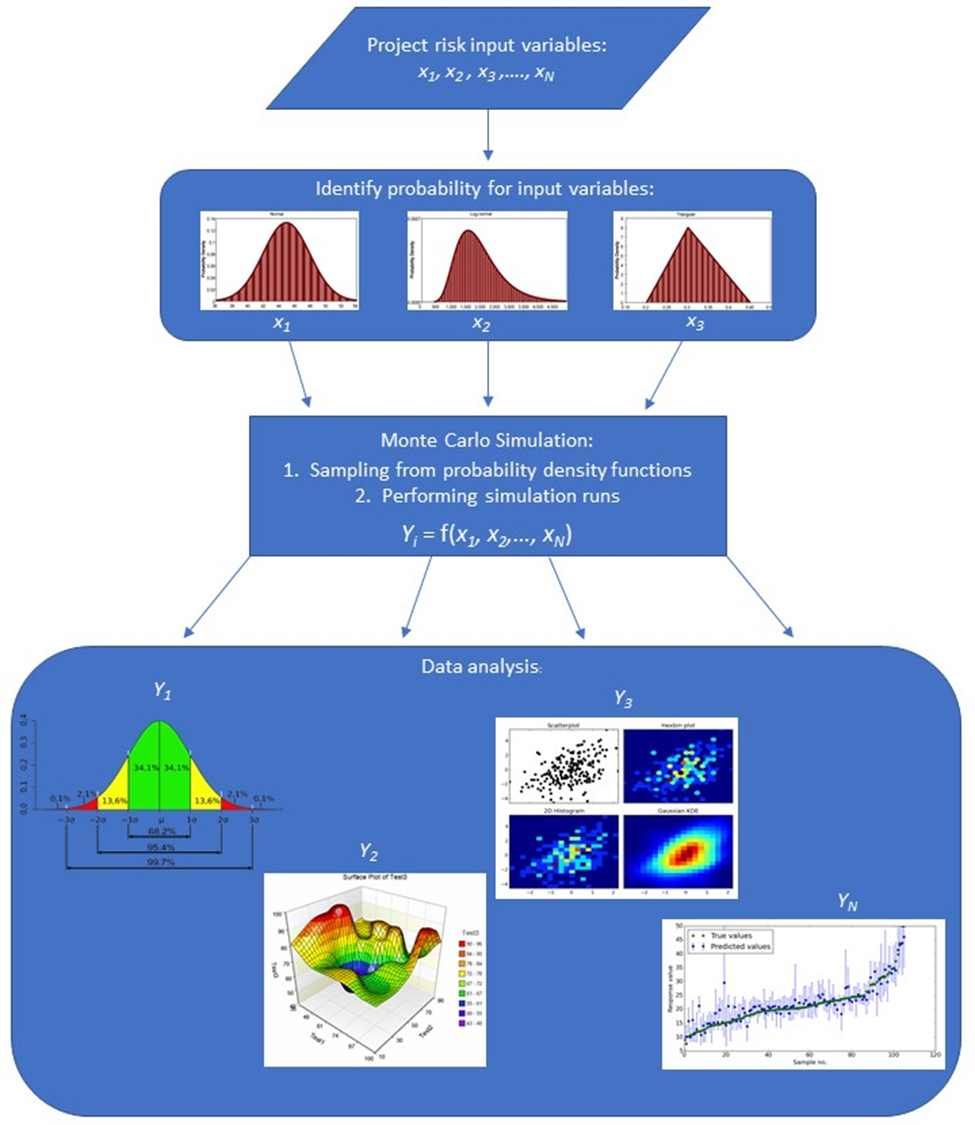Monte Carlo (MC) simulation is the forefront class of computer-based numerical methods for carrying out precise, quantitative risk analyses of complex projects. It combines the rigorousness of the scientific method with the veracity of statistical analysis. The methodology was invented in the 1940’s by physicists working on the Manhattan Project for the development of the atomic bomb, and since then it has found widespread application in many different fields from finance to biology and aerospace. The JSTAR team uses this methodology and tailors it to fit the needs of the IV&V Program and their independent testing capabilities.

The underlying mathematical approach of a MC simulation allows for the identification of all the possible outcomes of events, making it easier to assess the impact of risk and allowing for better decision making under uncertain initial conditions. This is possible because the method generates an exhaustive umbrella of “what-if” test scenarios by treating every input variable, and its intrinsic uncertainty, as a probability distribution function. This unique analytical advantage over traditional single-point risk estimates can be used as an effective Independent Testing tool, providing mission-critical software assurance for current and future spacecraft (e.g., Parker Solar Probe, Europa Clipper, Mars 2020) and unmanned aerial vehicles (UAV; e.g., the NASA Global Hawk and Ikhana Predator). The result of a JSTAR Monte Carlo simulation analysis is a comprehensive and quantifiable statistical view of what could happen and its likelihood of occurrence, including the error associated with such an occurrence.
The figure to the left depicts the five phases of a typical Monte Carlo Simulation risk analysis.

























